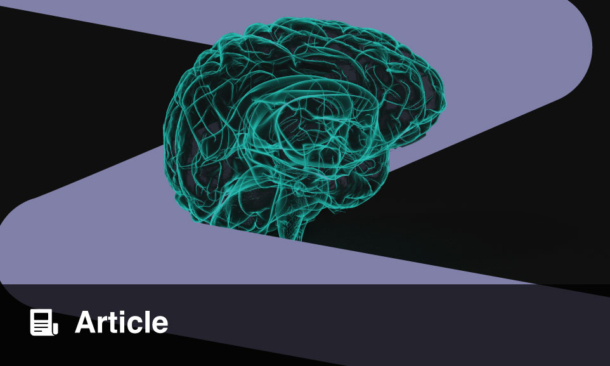Elisabet Vanloon | Nephrology resident, University Hospitals Leuven, Belgium
Citation: EMJ Nephrol. 2024;12[1]:59-60. https://doi.org/10.33590/emjnephrol/DWHU5847.
![]()
Congratulations on receiving a prestigious European Renal Association (ERA) Stanley Shaldon Award for Young Investigators in Translational Science at the 61st ERA Congress. What work led to this, and what does receipt of this award mean to you?
Thank you, it is an immense honour to receive this award. It recognises the research that my team and I have conducted over the past few years, mainly during my PhD. My research focused on uncovering non-invasive signatures of the pathology of renal allografts, with an important focus on taking the field of non-invasive biomarkers of rejection after renal transplantation further towards clinical implementation.
How much of an impact do you believe the ERA Congress has, both directly on nephrologists and indirectly on patients?
I think the impact of the congress cannot be underestimated. Very important new trials were presented that have a direct impact on clinical practice, and therefore a very direct potential to improve patient care. It also connects nephrologists from across Europe and the world, increasing opportunities for collaboration and exchanging new ideas to advance the field.
Was there a particular event or person that encouraged you to pursue a career in nephrology, specifically in kidney transplantation research?
As a medical student, I had an early fascination with nephrology and kidney transplantation. During a clinical rotation, I met my mentor Maarten Naesens who encouraged and inspired me to pursue a PhD in renal transplantation. His help and encouragement during the 4 years of my PhD were unwavering and made these years a wonderful time in which I learned a lot that I continue to look back on.
Your main research focus is on the development and clinical use of non-invasive diagnostic biomarkers of rejection, and the integration of these biomarkers into the risk assessment pipeline for renal transplantation management. How far are we from biomarkers being commonly used in the risk assessment pipeline, and what more needs to be done?
Many biomarkers for rejection have been proposed in the literature, but unfortunately, the essential steps to make them suitable for clinical application were often missing. External validation in independent cohorts with real-world disease prevalence is one such essential step. In recent years, some biomarkers have been validated and shown to have great potential for clinical practice, such as urinary chemokines and donor-derived cell-free DNA. Further steps towards clinical implementation include randomised trials and technical optimisation of tests, as well as approval by authorities and reimbursement.
In the recently published article you co-authored, entitled ‘The Clinical Relevance of the Infiltrating Immune Cell Composition in Kidney Transplant Rejection’, what was the key message you were trying to deliver, and what does it mean for physicians?
Although convenient from a clinical and ontological point of view, the dichotomy between T cell-mediated rejection and antibody-mediated rejection does not fully reflect immunopathological reality. The relationship between the rejection phenotypes defined by Banff and the types of infiltrating immune cells is currently not well mapped. We studied the infiltrating immune cell types to improve the diagnostic classification by including more causal information and enabling the development of targeted therapies. We found that the total estimated immune cell composition of kidney grafts was poorly related to the main rejection categories defined by Banff and contributed to the evaluation of rejection severity. Intragraft CD8temra cells were associated with graft failure and could be a potential new therapeutic target.
How have you seen the advent of new technologies significantly impact the field of kidney transplantation in recent years?
Through the lens of omics technologies, we uncover hidden signatures in the molecular landscape, paving the way for accurate prognostics and timely interventions. This enables us to move further towards personalised treatment tailored to the individual. Targeted therapies, such as newer immunotherapies, create a formidable ally in our fight against kidney disease. Furthermore, artificial intelligence is helping us unlock insights from big data that can advance clinical practice.
In 2023, you were awarded the L(euvense) da Vinci Prize ESOT Leonardo Da Vinci Transplant Research Innovation Award. What has been your proudest achievement since receiving these awards?
For the last 2 years, I have been completing my fellowship, so I have mainly focused on clinical work. I have gained a lot of clinical experience and knowledge, and I am proud to finally graduate as a nephrologist this summer.







